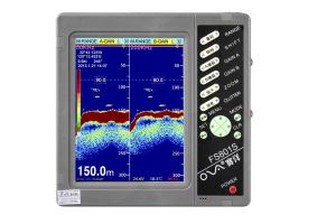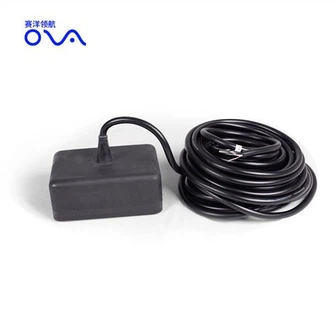Types and Required Equipment of Ship Speed Logs
Types and Required Equipment of Ship Speed Logs
Ship speed log is an important instrument for measuring the speed of a vessel.
According to the regulations of International Maritime Organization (IMO), ships are required to have a speed log on board to ensure safe navigation. The type of speed log installed on the ship depends on the size and type of the vessel.
Marine Doppler speed log, electromagnetic log and satellite speed log are three common shipborne speed measurement tools. They are widely used in marine navigation, commercial marine transportation, marine exploration, and scientific research. Below we will introduce the characteristics and application scenarios of the three speed measurement tools.
Doppler speed log is a sensor that estimates ship speed by measuring the speed of water flow. It works by emitting a beam of sound downwards, reflecting them in the water stream before being received. Water flows in the marine environment can be divided into transverse, vertical and vertical flows. The Doppler speed log can learn the speed of the water in different directions and calculate the speed of the boat. The instrument has high accuracy and strong reliability, so it is widely used in ship navigation, marine scientific research and exploration.
Electromagnetic log is a sensor that uses the principle of electromagnetic induction to measure the speed of a ship. It works by sensing the electromagnetic waves generated when conductive substances such as salt in the water move. Electromagnetic logs can be used in many different water environments, from oceans to freshwater lakes. The tool can not only effectively improve the safety of ship navigation, but also provide data support for marine scientific research.
Finally, there's the Satellite Speed Log, an instrument that uses satellites to measure a ship's speed. The shipboard receiver determines the position and speed of the ship in real time by receiving a Global Positioning System (GPS) satellite signal. The system is characterized by high precision, high reliability and high adaptability, enabling navigation monitoring and navigation functions on a global scale. In addition, Satellite Speed Log provides high-precision time and location records that provide critical data for tracking disaster events such as marine litter or oil spills.
In summary, each of these three shipborne speed measuring tools has its own advantages and can be used in different areas of navigation, exploration or scientific research. Among them, Doppler speed log and electromagnetic log are suitable for navigation in most marine environments and conditions, while satellite speed log is suitable for areas such as navigation monitoring and disaster event tracking that requires a global scale. Regardless of the speed measurement tool, it provides strong technical support for ship navigation and marine exploration.







